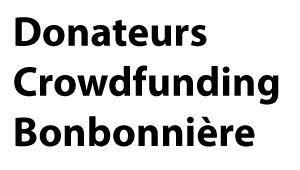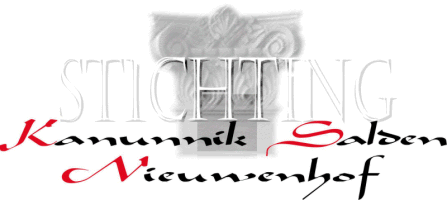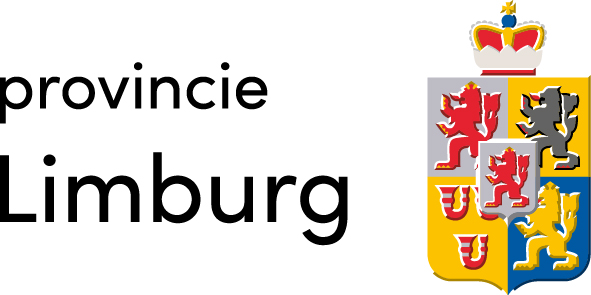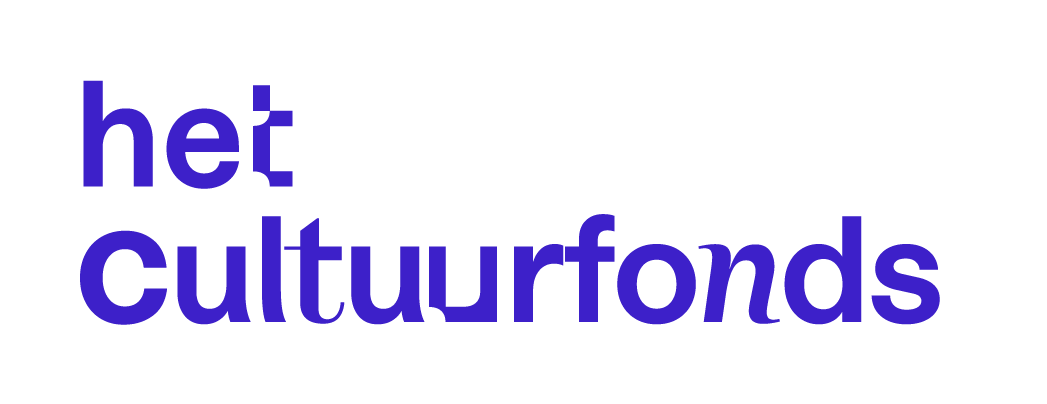THE CEILING
The ceiling in the theatre hall, which can still be admired today, was painted by the renowned Limburg artist Charles Eyck (1897–1983) in the late 1950s, commissioned by the municipality. These were artistically the most fruitful years of the Meerssen-born artist. As widely known -perhaps the most famous Limburg painter of that era- the city of Maastricht was happy to call upon Eyck to adorn the local pride, the Bonbonnière, with a prestigious ceiling painting. At the reopening of the theatre on 13 September 1959, following years of often-debated and costly restoration work, it was Charles Eyck’s ceiling that drew the most admiration.
Until the 1950s, all performances in the large theatre hall took place beneath the elegantly decorated rococo stucco ceiling of the former church. In 1957 an oval wooden vault was constructed beneath this domed Jesuit ceiling. The intention was for Eyck to unleash his artistic imagination upon it. The artist drew inspiration from the magnificent ceiling and vault paintings found in the villas designed by the famous Italian architect Palladio for the Venetian nobility in the Veneto (Italy). These depicted gods and goddesses, heroes, and nude mythological women in graceful poses rendered in trompe l’oeil, gazing down from the painted heavens at the earthly happenings in the beautifully adorned halls of the Venetian aristocracy.
Before Eyck began his ceiling painting, the entire vault was painted ‘heavenly blue’ by the Gorissen painting company from Limmel. This company also applied the fine gilding to the decorative stucco details. On this monochrome azure-blue vault Eyck painted a continuous white marble balustrade in trompe l’oeil. Gracefully painted pots brimming with Mediterranean plants in full bloom alternate with elegant draperies loosely draped over the balustrade. In that sun-drenched radiant blue sky innocent, playful cumulus clouds are painted as one only sees on a bright summer day. The entire wooden vault structure with its illusionistic painting, seems to open up to the theatre-goer, who might imagine themselves in an open-air theatre. Perhaps in his innermost thoughts, Charles Eyck had something quite different in mind; it was after all the nave of a former church, where he left his artistic mark. Thus, the azure-blue ceiling could perhaps symbolize the heaven where the souls of the theatre-goers hope one day to reside!
In 1980, during the last renovation of the theatre, visual artist and colour expert Peter Struycken (b. 1939) was asked to advise on the colour scheme for the interior of the theatre hall. Struycken was the first visual artist (since 1969) to create art using computers. He entered the colours of Charles Eyck’s ceiling painting into his computer and developed an entirely new and original colour scheme for the interior of the main hall and the redoute. The colours of the upholstery, carpets, and walls were chosen in harmony with Charles Eyck’s ceiling: muted shades of red, blue and green with golden accents. The Belle Époque atmosphere of the hall remained untouched, just as the colour scheme of the redoute did not diminish the effect of the beautiful mirrors. Even the vivid colours in Ger Boosten’s Prometheus production on the fire curtain harmonize with the tones chosen by Charles Eyck and Peter Struycken.












